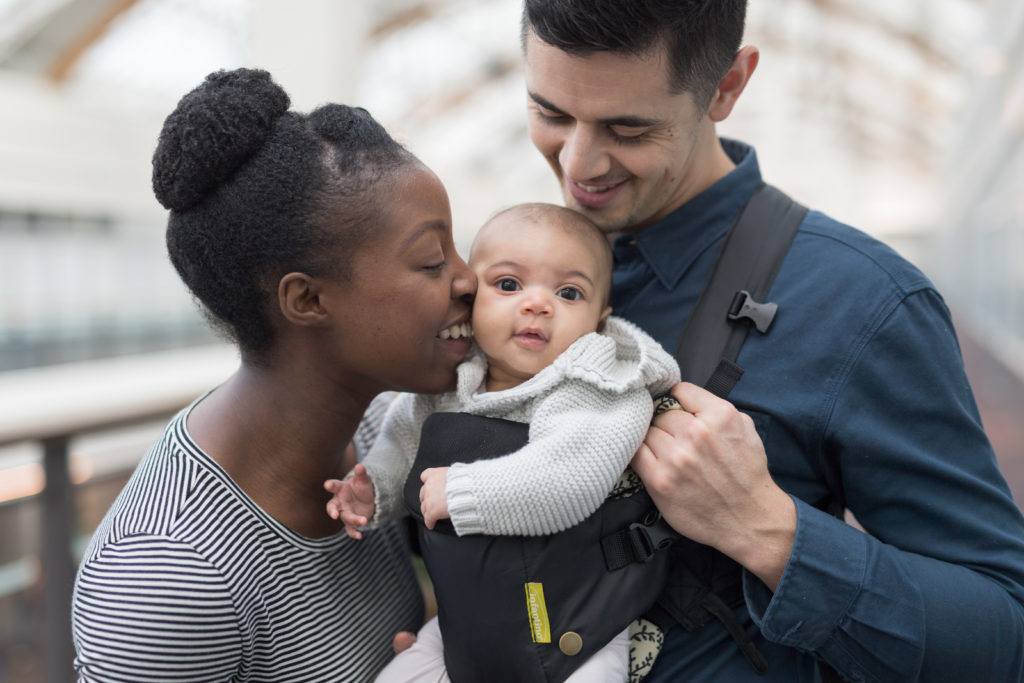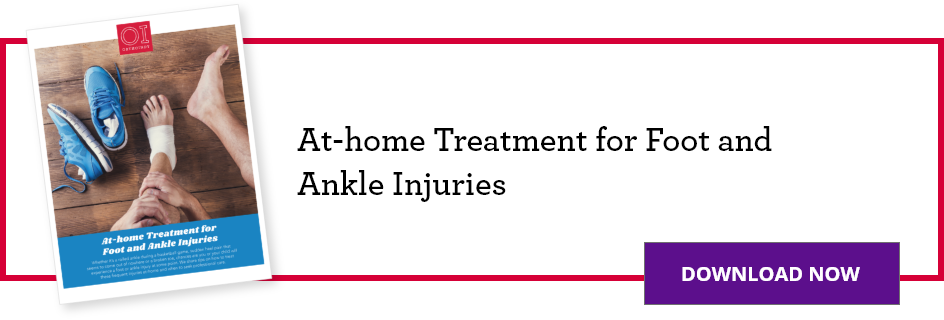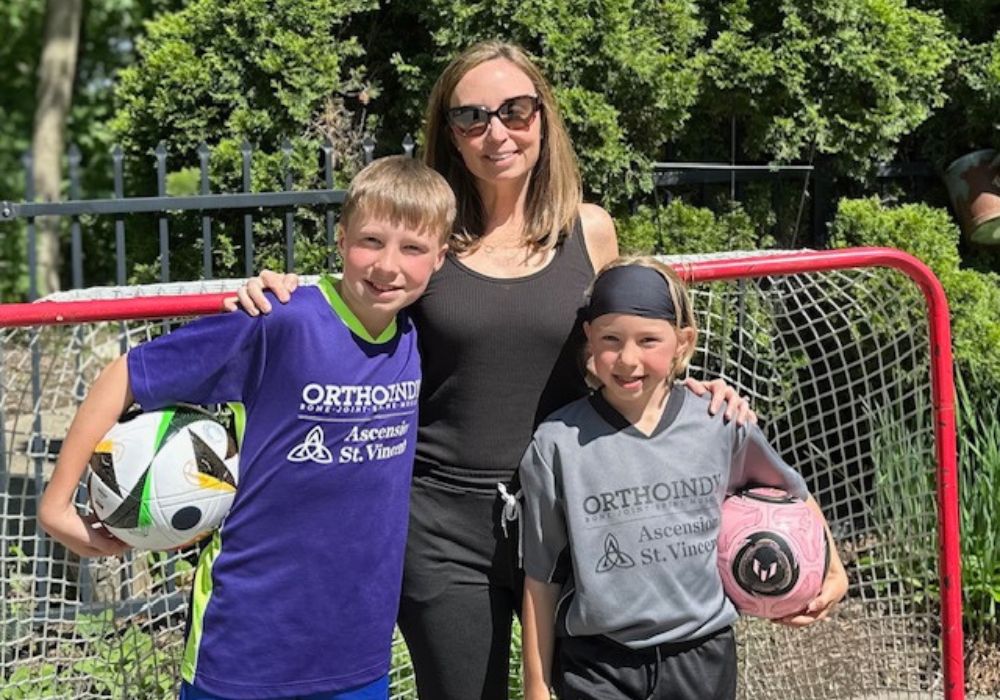THIS POST IS PART OF THE ULTIMATE GUIDE TO FOOT AND ANKLE INJURIES
When an infant’s foot is turned inward, usually so severe that the bottom of the foot faces sideways or upward, it is often referred to as clubfoot. Clubfoot is a common foot deformity that is present at birth.
Anatomy
The feet contain nearly one-fourth of all the bones in your body, which provide you with support and movement. There are 26 bones in one foot: 14 toe bones, five long toe (metatarsal) bones and seven tarsal bones.
If the tendons that connect the leg muscles to the foot bones are short and tight, it may cause the foot to twist inward. Clubfoot is diagnosed upon birth but can be detected during an ultrasound before the baby is born. In about 50 percent of clubfoot cases, both feet are affected. Boys are twice as likely than girls to have the deformity.
Types of clubfoot
Clubfoot is classified into two groups:
- Isolated (idiopathic) clubfoot: The most common form and occurs in children who have no other medical problem
- Nonisolated clubfoot: Occurs in children with other health conditions or neuromuscular disorders such as spina bifida; the clubfoot may be more resistant to treatment and require a longer treatment period or multiple surgeries
Cause of clubfoot
Although the cause of clubfoot is still uncertain, some research points to clubfoot being caused by genetic and environmental factors. Families who have one child with a clubfoot have an increased risk of subsequent children having a clubfoot.
Symptoms of clubfoot
- Foot turned inward
- Deep crease on the bottom of the foot
- Foot and leg are slightly shorter than normal
- The calf is thinner due to underdeveloped muscles
Physician examination
To determine whether your child has clubfoot, your physician will ask you for a complete medical history, review the pregnancy history and conduct a physical examination.
MAKE AN APPOINTMENT WITH AN ORTHOINDY ORTHOPEDIC PEDIATRIC SPECIALIST
Treatment for clubfoot
Although clubfoot is not painful during infancy if it is not treated the foot will remain deformed and the child will not be able to walk normally. With appropriate treatment, the majority of children go on to live a normal lifestyle. The goal of treatment is to obtain function within the child’s feet, which will enable the child to stand and walk pain-free.
Ideally, treatment should begin shortly after birth. Treatment always begins with conservative treatment and depends on the severity of the injury.
- Ponseti method: Most common treatment, which requires gentle manipulation and casting to gradually correct the deformity
- Manipulation and casting: Every week for six to eight weeks, your baby’s foot is stretched and gradually placed into the correct position and held in place with a cast
- Achilles tenotomy: After casting and manipulation, this minor procedure releases the tightness in the Achilles tendon
- Bracing: After successful casting clubfoot can sometimes naturally reoccur, bracing allows the baby’s foot to stay in the correct position; sometimes a brace may be necessary for a few years
Clubfoot surgery
Although most cases of clubfoot are corrected with nonsurgical methods, sometimes the deformity is so severe that it cannot be fully corrected or slowly returns. When this happens surgery may be necessary. Surgery will adjust the tendons, ligaments and joints in the infant’s foot and ankle. The type of surgery depends on the severity and location of the child’s deformity and the history of the treatment process.
After clubfoot treatment
With treatment, your child should have a nearly normal foot and will be able to walk, run and play with normal shoes. Sometimes the affected foot is one to two sizes smaller and somewhat less mobile. The calf on the affected side is usually smaller than the opposite side. The affected leg may also be shorter than the unaffected leg, but this is very rare.
Learn more about foot and ankle treatment at OrthoIndy.
Schedule an appointment
Your well-being is important to us. Click the button below or call us to schedule an appointment with one of our orthopedic specialists. If your injury or condition is recent, you can walk right into one of our OrthoIndy Urgent Care locations for immediate care. For rehabilitation and physical therapy, no referral is needed to see one of our physical therapists.






